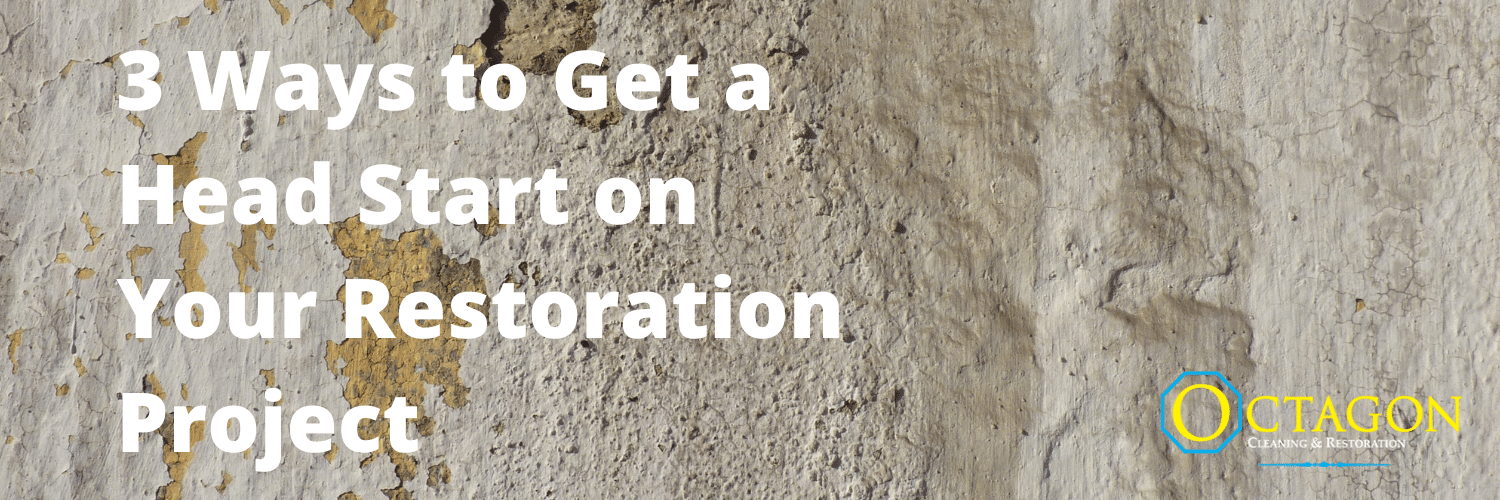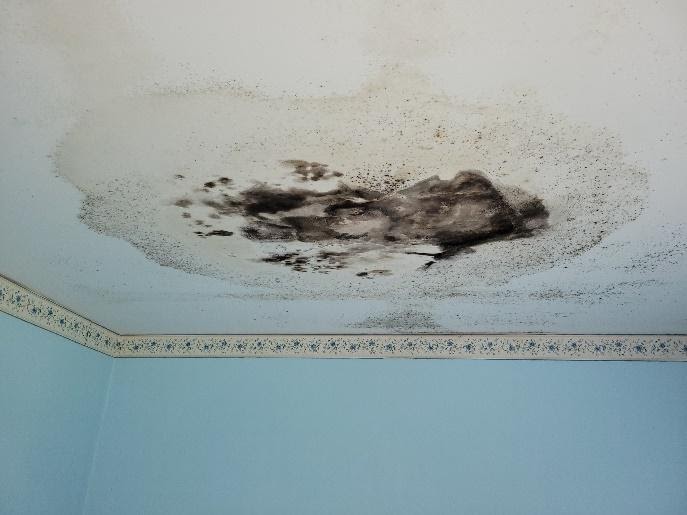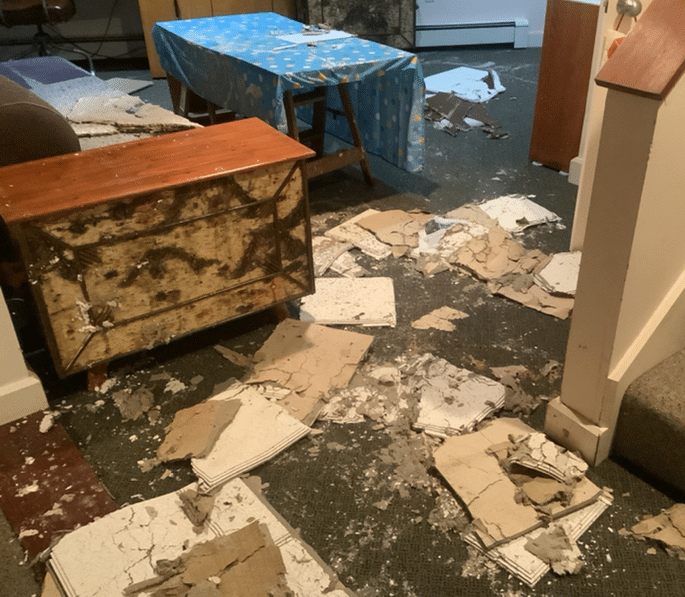
When you experience a disaster such as fire or water damage, time is of the essence when getting the restoration process started. Knowing what to do can help save unneeded stress, money and help limit the damages. It’s not every day that you come home and find water raining down from your ceiling or you’re cooking, and you have a grease fire. When or if you do, knowing the best ways to get a head start will help get you and your home back in order quickly.
Let’s go over a disaster scenario to learn where to begin and what to do to get started. In this scenario, you returned home after vacation and found water raining down from the ceiling fan in your living room. What on earth do you do? In this blog, we will go over topics such as, who to call for help, who should be in the damaged area, and how to address your damaged personal property.
When Disaster Strikes…
Who do I call?
When you are beginning the disaster restoration process, knowing who to call can make all the difference. While there are many people that you can call, we recommend contacting the following people.
- Your local plumbing company to stop the water and fix the leak as quickly as possible.
- A local disaster restoration company to get them on their way with extraction and drying equipment.
- Your insurance agent or insurance company to inform them of the loss and to start the claims process.
What should I do to help?
Keep People Out of the Affected Areas
Whenever you have any disaster in your home, many types of hazards can be present. These hazards can include building materials falling, broken glass, electrical hazards, and or bacterial growth. Any of these issues can affect our health and well-being. One of the first steps you can take is not allowing anyone, including pets entering the affected areas until the mitigation is complete. One of the best ways to achieve this is by containing the space by closing doors or blocking off openings leading to these areas.
Make a List of Damaged Property
Once you have the affected areas secured, you can assess the damages to your home and contents. When dealing with content mitigation, items that have not been affected can be set aside in an unaffected area. The contents that have sustained damages will need to be itemized if you wish to be reimbursed by your insurance carrier.
Call for Help Right Away!
To begin, sort through your damaged contents and make a detailed list of the damaged items. The information that will be helpful to include in the list is the brand, age, size, type, and model number. Also, photograph the damages to help support the claim. Once you have gone through and inventoried your damaged personal property, you can provide this list with the photo documentation to your insurance adjuster for reimbursement.
Cleaning and Restoration Services Will Get You Back to Living Daily Life
Whether you’re performing the disaster restoration on your own or hiring a professional disaster restoration company, addressing the damages as quickly and safely as possible is the number one priority.




